The Ultimate Guide To Companion Planting For Vegetables
The Ultimate Guide to Companion Planting for Vegetables
Companion planting is a gardening technique that involves planting certain plants together to benefit each other. This can be done to attract beneficial insects, repel pests, improve the growth of plants, or improve the flavor of vegetables.
There are many different benefits to companion planting. Some of the most common benefits include:
- Attracting beneficial insects. Many companion plants attract beneficial insects, such as ladybugs, lacewings, and parasitic wasps. These insects help to control pests in the garden, which can help to reduce the need for pesticides.
- Repelling pests. Some companion plants emit chemicals that repel pests. For example, marigolds repel nematodes, which can damage root crops.
- Improving the growth of plants. Some companion plants improve the growth of other plants by providing them with nutrients, shade, or support. For example, beans fix nitrogen in the soil, which can benefit other plants that need nitrogen.
- Improving the flavor of vegetables. Some companion plants improve the flavor of vegetables by releasing volatile compounds that interact with the flavor compounds in the vegetables. For example, basil enhances the flavor of tomatoes.
If you're interested in trying companion planting, there are a few things you need to keep in mind. First, you need to know the needs of the plants you're planning to grow. Some plants need full sun, while others prefer partial shade. Some plants need a lot of water, while others are more drought-tolerant. Once you know the needs of your plants, you can start to plan your companion planting scheme.
There are many different resources available to help you with companion planting. There are books, websites, and even smartphone apps that can provide you with information on which plants are compatible with each other.
Here are some examples of companion plants:
- Basil and tomatoes. Basil repels thrips, which can damage tomatoes. Basil also attracts pollinators, which help to pollinate tomatoes.
- Cucumbers and nasturtiums. Nasturtiums attract aphids, which can damage cucumbers. However, aphids prefer to feed on nasturtiums, so they will leave your cucumbers alone.
- Beans and corn. Beans fix nitrogen in the soil, which benefits corn. Corn provides shade for beans, which helps to protect them from the sun.
- Carrots and onions. Carrots and onions repel each other's pests.
It's important to note that not all plants are compatible with each other. Some plants can actually harm each other if they're planted together. For example, tomatoes and potatoes should not be planted together, as they can both attract the same pests.
If you're not sure whether two plants are compatible, it's best to err on the side of caution and avoid planting them together.
Companion planting can be a great way to improve your vegetable garden. By planting the right plants together, you can attract beneficial insects, repel pests, improve the growth of your plants, and even improve the flavor of your vegetables.
Veggies to Plant Together
Companion planting is a great way to boost your garden's productivity and improve the health of your plants. By planting certain vegetables together, you can help to attract beneficial insects, deter pests, and improve the flavor of your crops.
If you're not sure which vegetables to plant together, I recommend checking out Gardenia Inspiration. This website has a comprehensive list of companion plants, as well as information about the benefits of companion planting.
For example, did you know that basil helps to repel aphids and mosquitoes, while marigolds help to attract ladybugs? Or that tomatoes and beans work well together because the beans fix nitrogen in the soil, which benefits the tomatoes?
There are many other benefits to companion planting, so I encourage you to check out Gardenia Inspiration and learn more. You might just be surprised at how much your garden can benefit from this simple gardening technique.
FAQ of veggies to plant together
5 Most Frequently Asked Questions About Veggies to Plant Together
1. What are some good vegetables to plant together?
There are many different vegetables that can be planted together, but some of the most popular combinations include:
- Carrots and onions: These two vegetables help each other to grow better. The onions deter carrot flies, while the carrots help to keep the onions' roots cool.
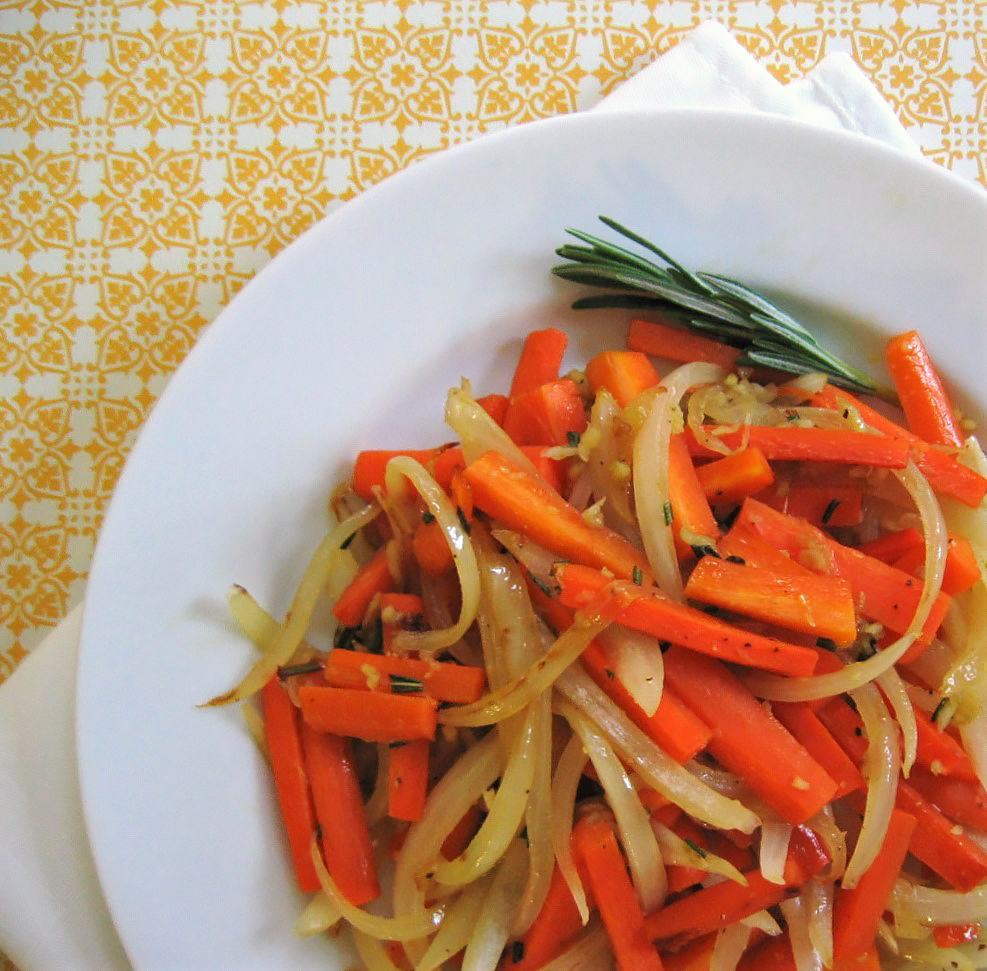
- Beans and corn: Beans fix nitrogen in the soil, which helps corn to grow better. Corn provides shade for the beans, which helps to keep them cool.

- Lettuce and tomatoes: Lettuce helps to suppress weeds, while tomatoes help to deter pests.
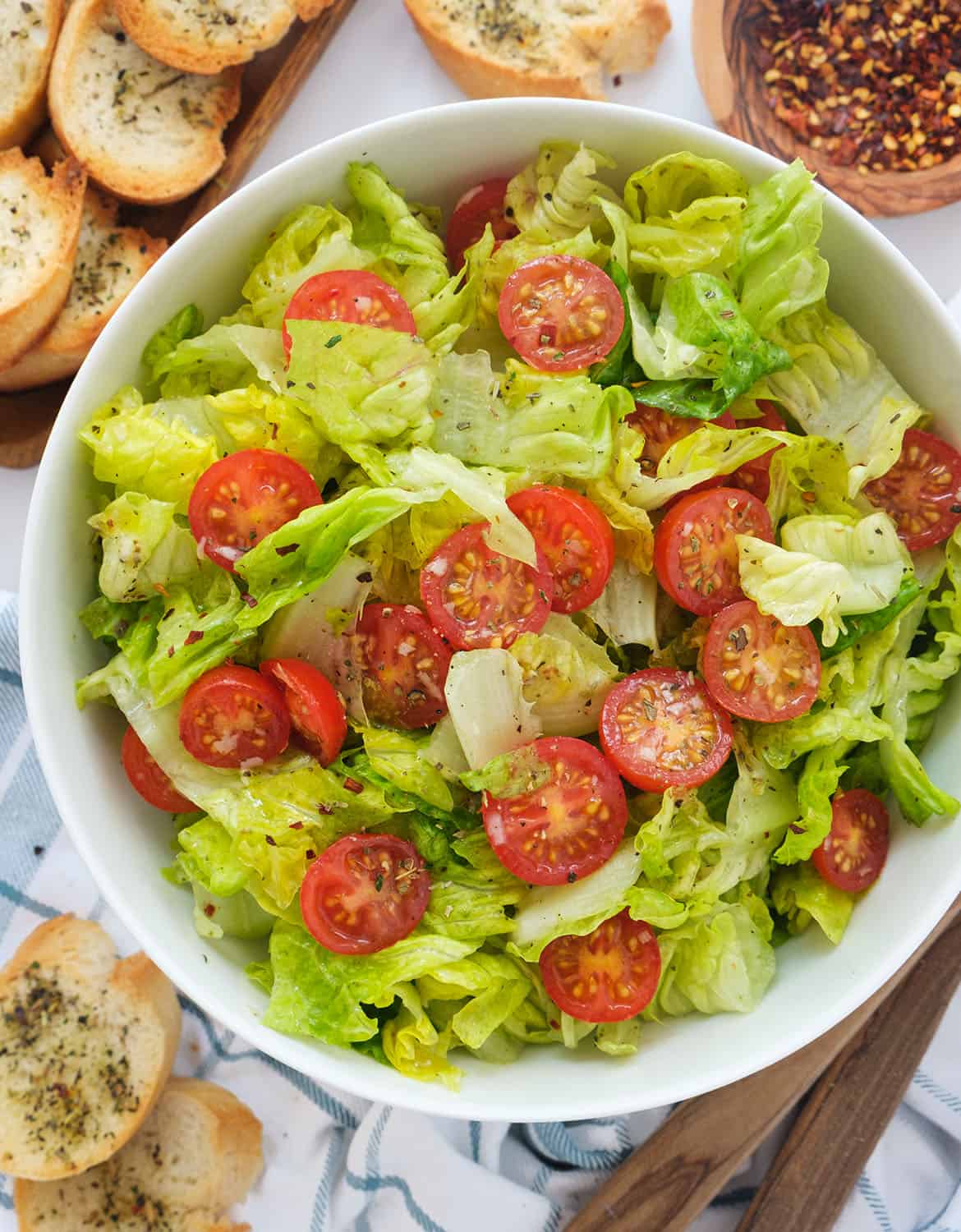
- Peas and peppers: Peas help to attract pollinators, which help peppers to produce fruit.

- Cucumbers and melons: These two vegetables need similar growing conditions, so they can be planted together.

2. How do I know which vegetables to plant together?
There are a few things to consider when choosing vegetables to plant together. First, you need to think about their growing conditions. Some vegetables need full sun, while others prefer partial shade. Some vegetables need well-drained soil, while others can tolerate wet soil.
Second, you need to think about their nutrient requirements. Some vegetables are heavy feeders, while others are light feeders. You don't want to plant two vegetables together that have the same nutrient requirements, as this can lead to nutrient depletion.
Finally, you need to think about their pests and diseases. Some vegetables are susceptible to the same pests and diseases, so planting them together can help to attract beneficial insects that prey on these pests.
3. What are the benefits of planting vegetables together?
There are several benefits to planting vegetables together. First, it can help to improve the overall health of your garden. When different plants are planted together, they can help to attract beneficial insects, suppress weeds, and improve soil quality.
Second, it can help to increase yields. When vegetables are planted together that have complementary growing conditions and nutrient requirements, they can help each other to grow better.
Third, it can help to save space. By planting vegetables together that have similar growing requirements, you can save space in your garden.
4. What are some of the challenges of planting vegetables together?
There are a few challenges to planting vegetables together. First, you need to make sure that the vegetables you choose are compatible. Some vegetables can compete for resources, such as water and nutrients.
Second, you need to make sure that the vegetables you choose are not susceptible to the same pests and diseases. If they are, planting them together can make it easier for pests and diseases to spread.
Third, you need to make sure that the vegetables you choose have similar growing conditions. If they don't, one vegetable may outcompete the other.
5. How can I avoid the challenges of planting vegetables together?
There are a few things you can do to avoid the challenges of planting vegetables together. First, do your research before you plant. Make sure that the vegetables you choose are compatible and have similar growing conditions.
Second, pay attention to the spacing requirements of the vegetables you choose. If you plant them too close together, they may compete for resources.
Third, monitor your garden closely for pests and diseases. If you see any problems, take action immediately to prevent them from spreading.
Image of veggies to plant together
- Carrots and tomatoes: These two vegetables have different growing requirements, so they won't compete for resources. Carrots prefer cool, moist soil, while tomatoes prefer warm, well-drained soil. They also attract different pests, so they can help to keep each other pest-free.
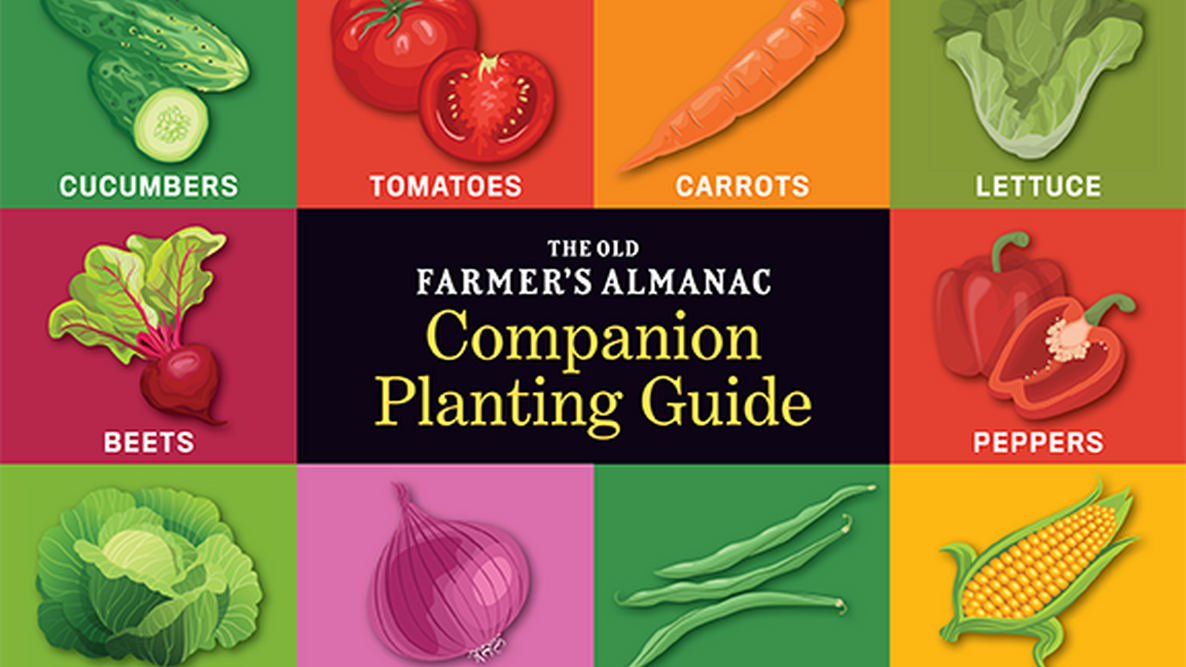
- Beans and corn: Beans and corn are a classic combination that is known as the "Three Sisters" in Native American cultures. Beans fix nitrogen in the soil, which corn benefits from. Corn provides shade for the beans, which helps to keep them cool.
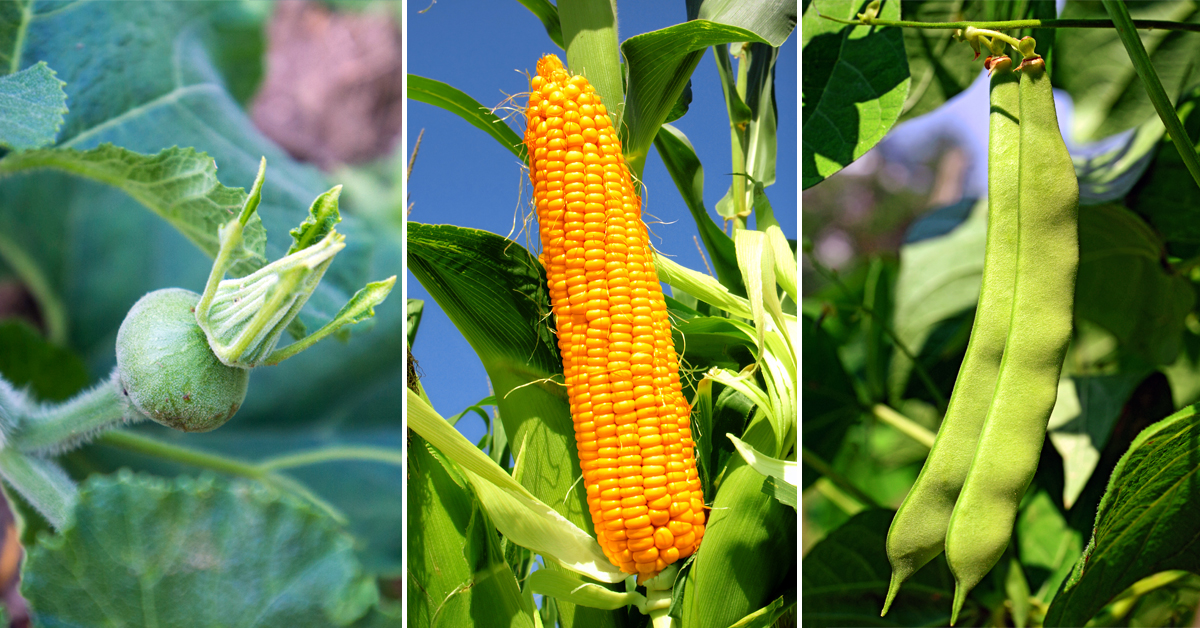
- Lettuce and spinach: These two leafy greens can be planted together because they have similar growing requirements. They both prefer cool, moist soil and full sun. They also help to suppress weeds, which can be a problem in vegetable gardens.
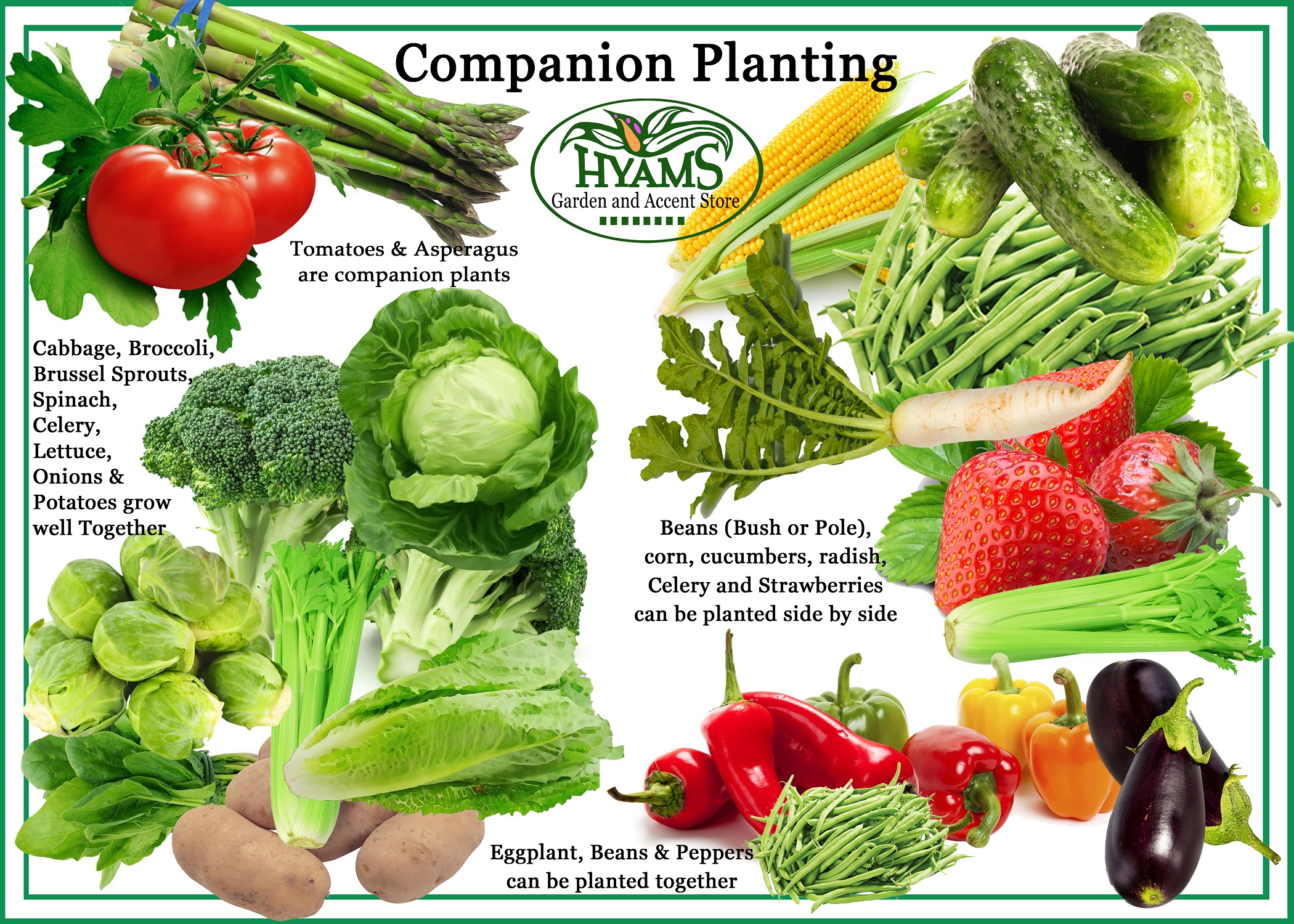
- Peas and onions: Peas and onions are another great combination because they have different growing habits. Peas are a cool-season crop, while onions are a warm-season crop. This means that they can be planted in the same garden, but they won't compete for resources.

- Cucumbers and melons: Cucumbers and melons are both vining plants, so they can be planted together to save space. They also have similar growing requirements, such as full sun and well-drained soil.

Post a Comment for "The Ultimate Guide To Companion Planting For Vegetables"